A Korean research team has succeeded in developing next-generation high-capacity cathode material for lithium-ion batteries using DNA from salmon and carbon nanotubes.


A Korean research team has succeeded in developing next-generation high-capacity cathode material for lithium-ion batteries using DNA from salmon and carbon nanotubes.
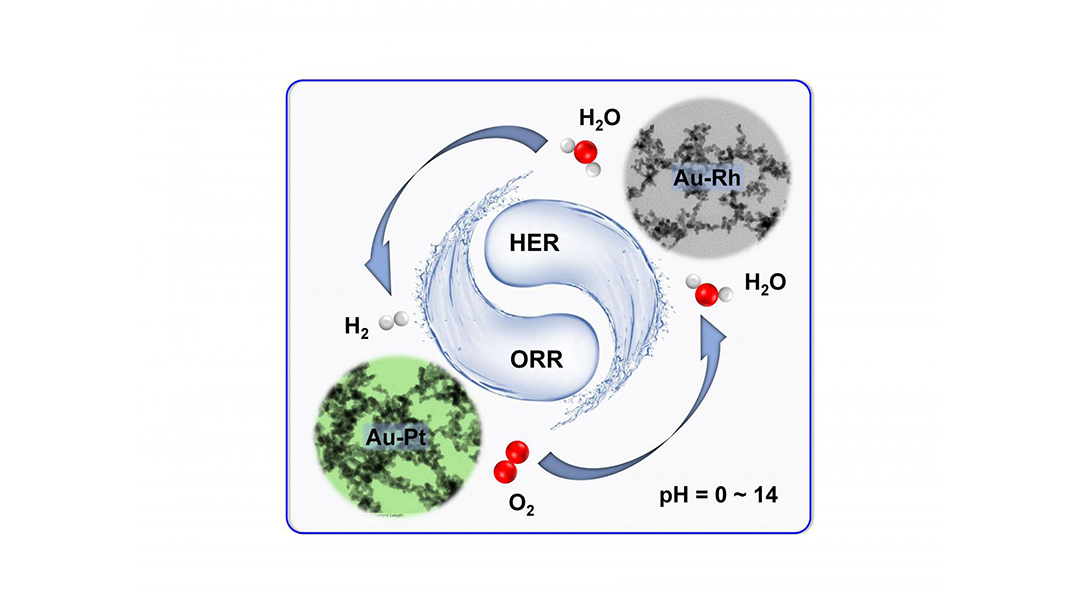
A new salting-agent facilitates the synthesis of new nobel metal aerogels for enhanced electrocatalysts.
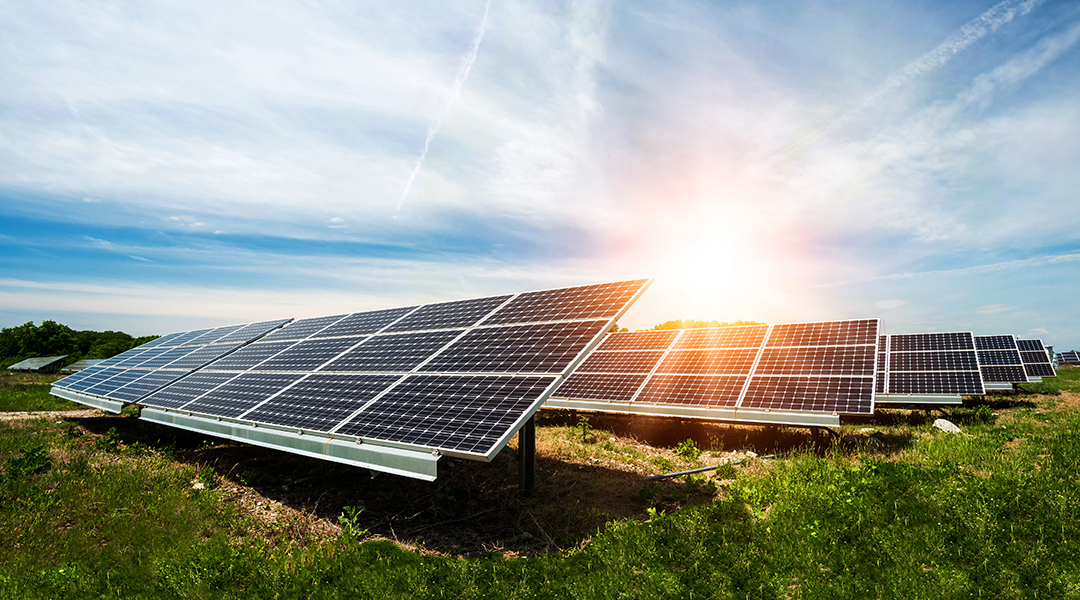
A new eco-friendly perovskite solar cell improves stability and minimizes harmful solvents and lead leakage found in conventional cells.

Nam-Gyu Park discusses international standards for the assessment of perovskite solar cell modules, enabling industrial and commercial viability.

Johannes Betz of the University of Münster identifies the key metrics required to properly evaluate and compare rechargeable battery systems.

An under-reported source of sustainable power.
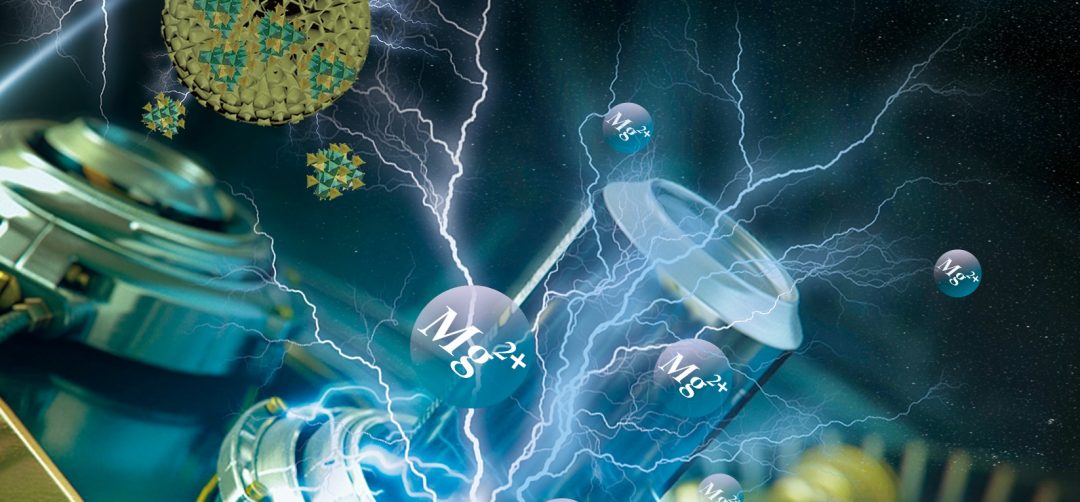
Magnesium batteries for high temperature use, layered cathode materials, and cathode microstructure are at the forefront of battery technology research.
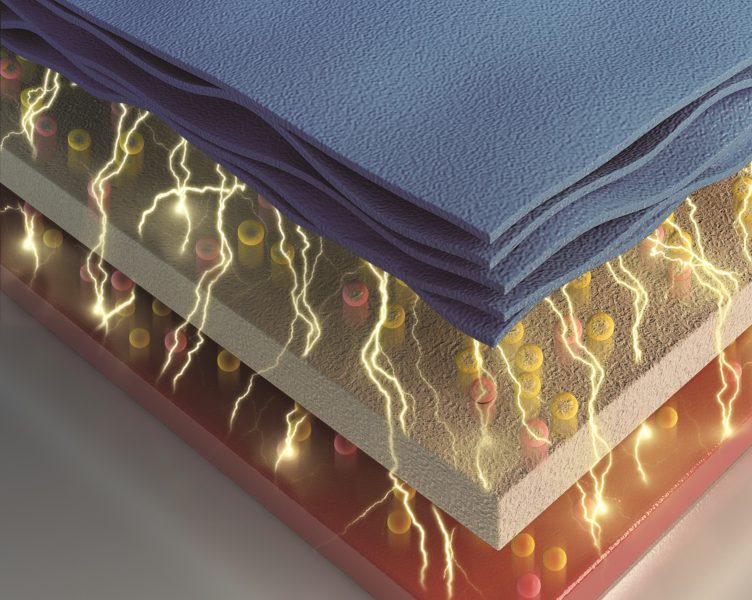
Hui-Ming Cheng and colleagues Da-Wei Wang and Quan-Hong Yang clarify the trouble with current metrics used to quantify supercapacitor performance.
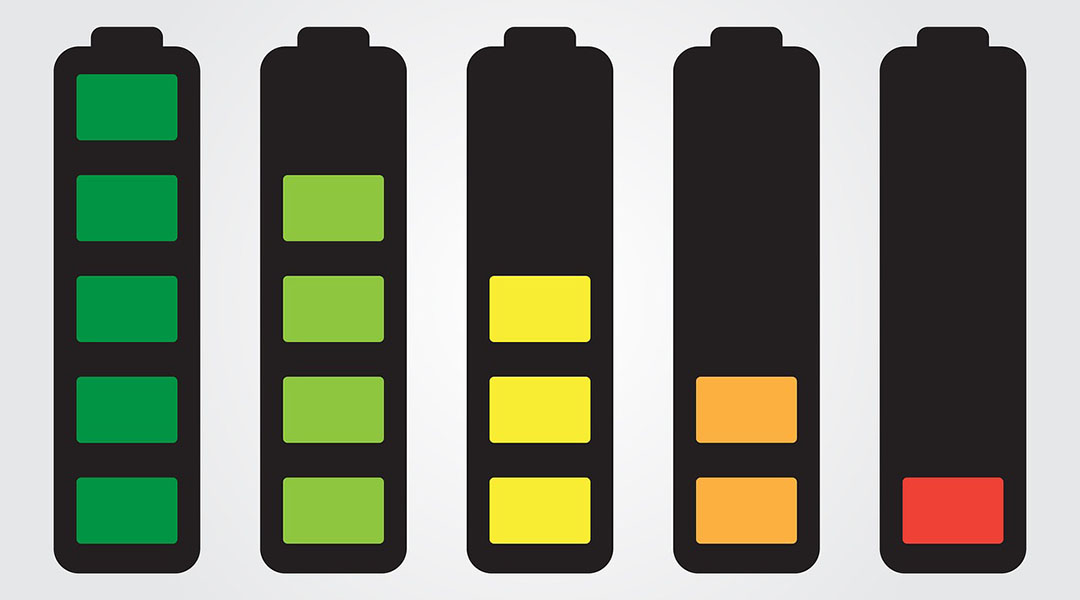
Jonathan Coleman of TCD elucidates the trade-off between rate performance and capacity in battery electrodes, and explains how to optimise it.

Jun Lu and Khalil Amine evaluate the current and upcoming lithium battery technologies for electronic vehicles, including component recyclability.